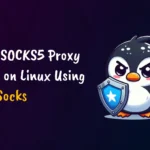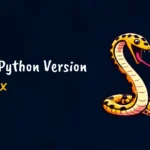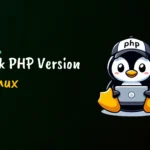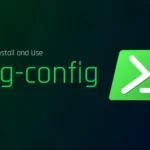Install and Use Grunt JavaScript Task Runner on Linux & macOS
The Grunt JavaScript Task Runner could become a resourceful utility in your development as it can automate a wide variety of repetitive tasks such as compilation, autoprefixing, minification, concatenation, linting, and many more. Its installation and configuration are quite simple; all you need to do





